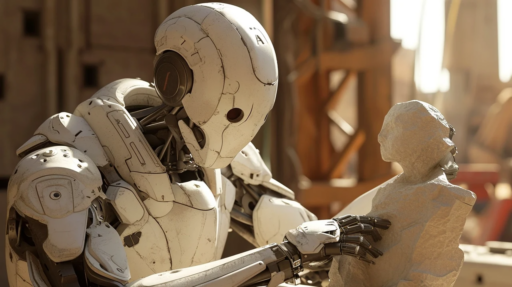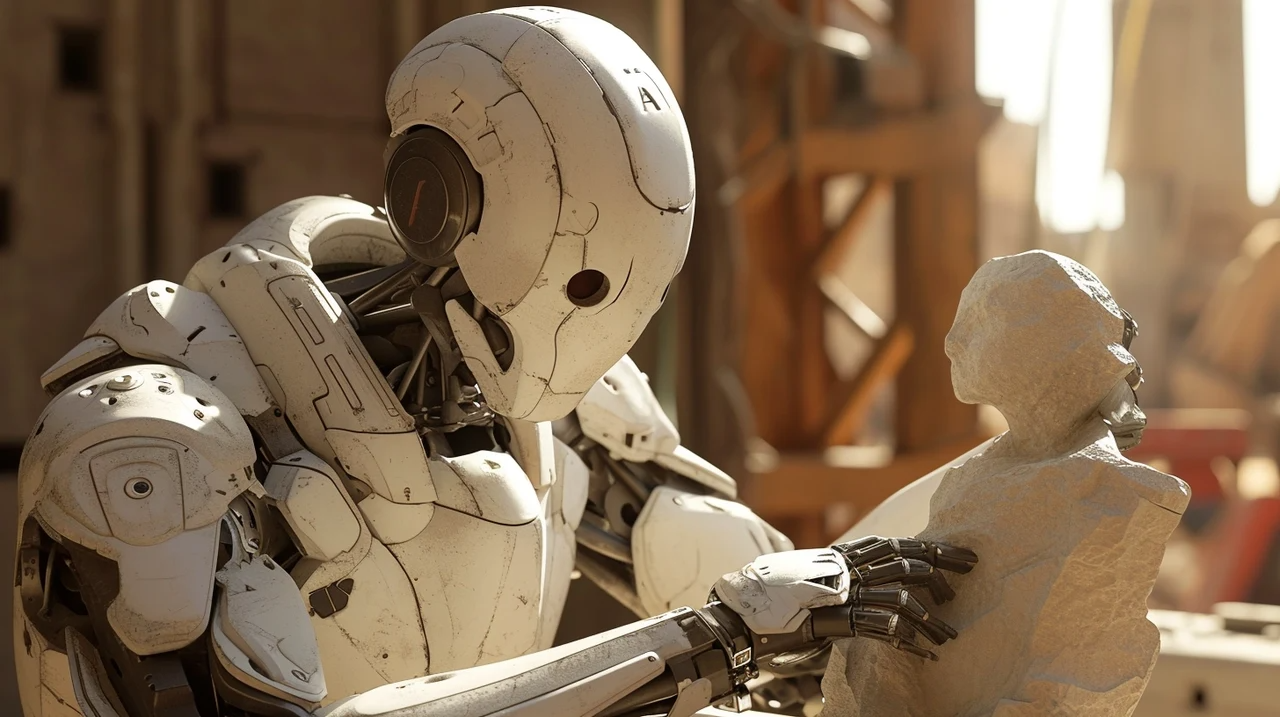In recent years, advancements in AI have accelerated the robotics field. Now we’re starting to see robots that not only look like people on the outside but can also carry on natural conversations. These “humanoids” blend AI, sensors, and robotics engineering to copy human appearance, movement, and even communication abilities to a surprising degree.
AI plays a huge role in giving these robots more lifelike qualities. Through machine learning and neural networks, humanoid robots can now analyze facial expressions, speech patterns, and body language to understand emotions and respond appropriately in real-time conversations. By processing tons of data on how humans interact, AI helps robots generate genuine responses.
Natural language processing, a type of AI, enhances a robot’s ability to understand and respond to speech like a person would. Combined with computer vision, it lets robots “see” smiles or waves and reply fittingly, improving their social skills.
Some applications of humanlike robots include healthcare, customer service, and entertainment. In healthcare, they can assist elderly patients as friendly companions who also monitor their health. In customer service, they provide an approachable way to answer questions and guide users. And in entertainment, they bring characters to life in new ways.
As AI continues advancing, we can expect robots to get even better at mimicking subtle human behaviors over time. By learning from interactions, their potential to support, collaborate with, and befriend people grows. This leads down a path where humanlike robots could become everyday presences in all sorts of roles.
Through sophisticated algorithms and sensing, robots are evolving into more empathetic machines, making them capable of serving, assisting, and engaging with people in meaningful new ways.






